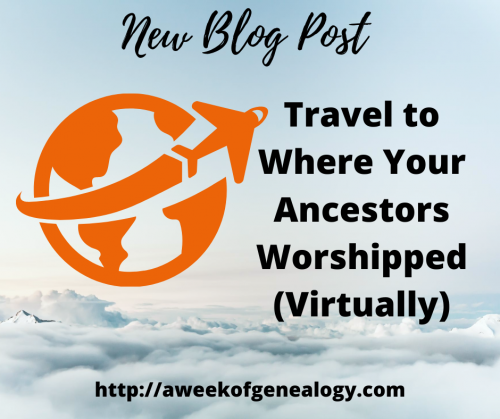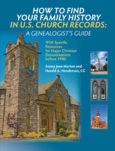Travel to Where Your Ancestors Worshipped (Virtually)
The pandemic has affected every part of our lives, including how people are able to attend religious services. Many people are attending virtual religious services on the web. That means that many places of worship are uploading videos of religious services to the web.
This may be a way that you can attend a religious service where your ancestors worshipped! The services might be hosted on a variety of websites for video services. They might be found on YouTube, Vimeo, or Facebook.
Use Google, or your other favorite search engine, to locate the place of worship that your ancestors attended. You may know the place, or may find it on marriage or other records of events. If you are still unsure, a Google search around their residence may shed light on possibilities. When you visit the homepage for the place, there should be a link to services, or other information leading to how worship is being shared.
It is worth learning some of the history of this place of worship. You may find that it has been renovated since your ancestors worshipped there. It may also be that parts of building were preserved and have remained unchanged.
Last week, I attended Mass at St. Mary’s Church in Newport, RI. This is where my great-great-grandparents were married, where their children were baptized and where their funeral Masses and that of their oldest child were held. It is also where John F. Kennedy wed Jaqueline Bouvier. Being able to virtual attend a Mass there was a virtual trip to a place that is definitely a future destination. The homepage for St. Mary’s has a link to where you can view “Mass Online at St. Mary’s.”





